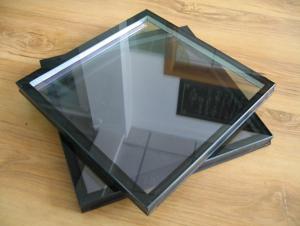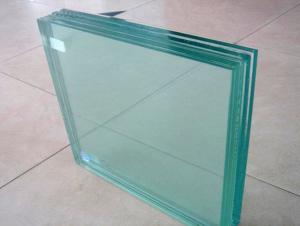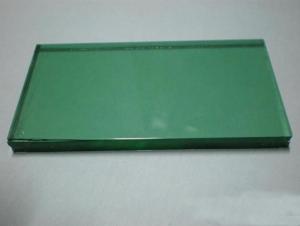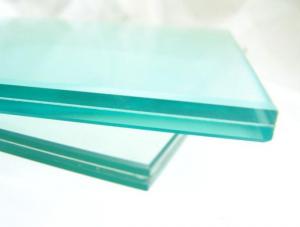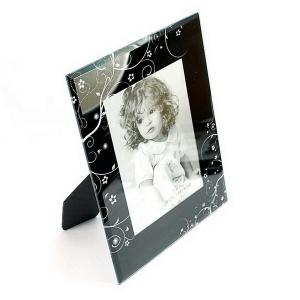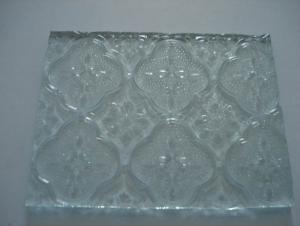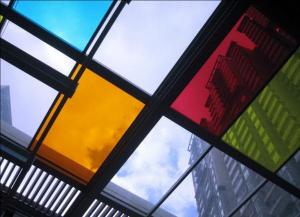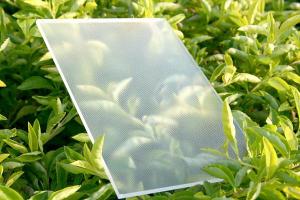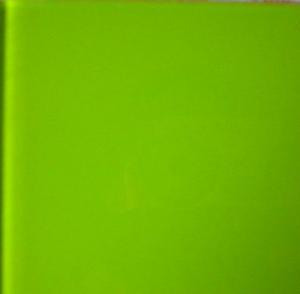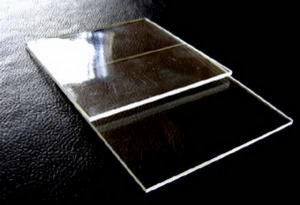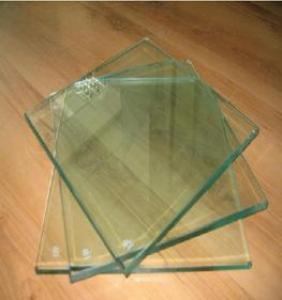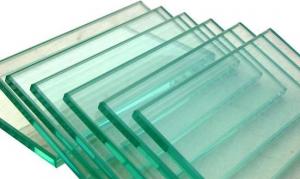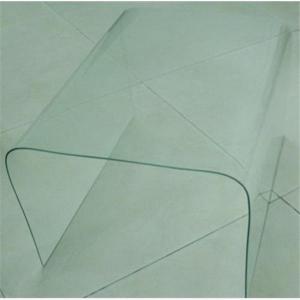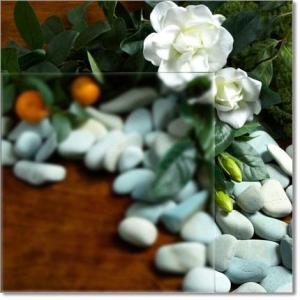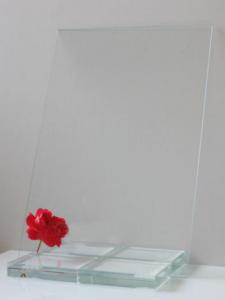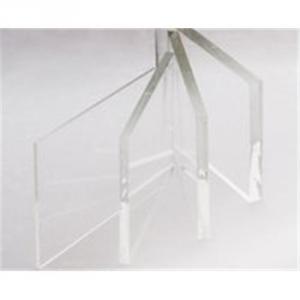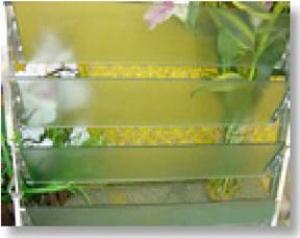Solar Low-E Glass
- Loading Port:
- China Main Port
- Payment Terms:
- TT or L/C
- Min Order Qty:
- 100 m2 m²
- Supply Capability:
- 10000 m2 m²/month
OKorder Service Pledge
OKorder Financial Service
You Might Also Like
Solar Low-E Glass is a kind of low iron glass with ultra clarity, its normal light transmittance is higher than 91%. With its high performances like stability and good processability, it’s specially used for solar photovoltaic ( PV ) and photo-thermal products.

Features of Solar Low-E Glass:
1. Excellent Optical Performances.
2. Good Processability.
3. Complete Product Series.
4. Continuous and Stable Supply.
5. Excellent Service: Supplying the endusers for utilizing solar energy with “made-to-order” production and “one-stop” procurement service from original glass sheet to further processing (Washing, Grinding, Tempering and Drilling) to comprehensively satisfy customer’s requirements.
6. Technical Parameters:
Transmittance (3.2mm Glass)
Specifications of Solar Low-E Glass:
Thickness: 3mm, 3.2mm, 4mm and 5mm Size: 3660*2440mm3660*2134mm
customized sizes
Applications of Solar Low-E Glass:
Solar Low-E Glass can be used in the following aspects:
1. Superstrate of Thin-film Solar PanelsWith higher solar light transmittance, it can improve the photoelectric conversion efficiency of the solar cells.
2. Flat Solar CollectorsWith higher visible light transmittance, it can improve the photo-thermal conversion efficiency of the solar collectors.
3. Solar MirrorsTake full advantage of extremely high reflectivity of the ultra clear glass mirror to improve the thermal efficiency, thereby to enhance the overall efficiency of thermal power generation.
4. BIPV Project (Building Integrated Photovoltaic)In the BIPV project, Solar Low-E Glass (and TCO glass) can be used for both front-panel glass and seal glass of the thin-film solar cell. In photoelectric curtain walls, Solar Low-E Glass can not only satisfy the requirements of indoor lighting but also help the photovoltaic efficacy of power generation, it will be the main development trend of future buildings.
5. Greenhouse GlassSolar Low-E Glass can accelerate the plants’ photosynthesis and shorten the growth period, help clients gain more economical benefits.
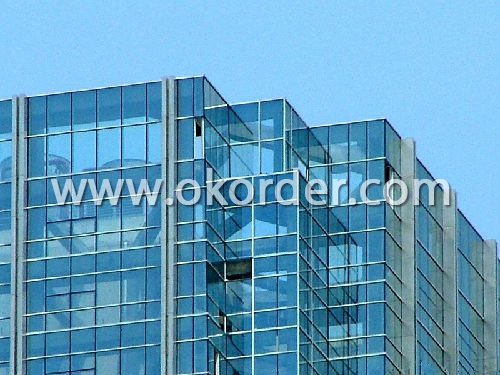
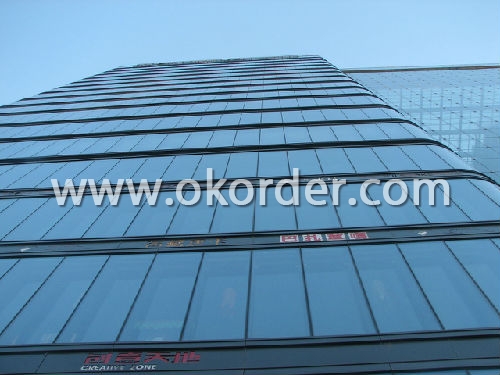
- Q:How is glass made, raw material proportioning?
- The glass is the main component in the manufacturing process of quartz sand, quartz sand is combined with other chemical materials at high temperature (1300 degrees Celsius) crystallized after firing the cooling of the body, with a hard, abrasion resistance, corrosion resistance and high transmittance characteristics, its wide application has a long history.
- Q:Toughened glass and ordinary glass, process and raw materials what is the difference, a little more detailed, thank you
- Same material. Tempered glass is ordinary flat glass or float glass in a specific process conditions, by quenching or air-cooled quenching processing processing, Baidu has "toughened glass" entry.
- Q:What is the raw material of glass products?
- It's quartz sand (that is sand). The chemical name is SiO2
- Q:The preparation process of glass and the basic material and the function of raw materials
- The main raw materials are: silica glass (sandstone), sodium carbonate, feldspar, dolomite, limestone and mirabilite.1, raw materials broken: the above raw materials broken into powder;2, weighing: according to the list of ingredients, called a certain amount of powder;3, will be called: the mixed powder mixing, stirring into a batch (colored glass and colorant);4, melting: the mixture into the glass furnace, melting at 1700 degrees into glass;5, forming: liquid glass forming device with the corresponding sheet glass, bottles, glass, lamp, glass tube, a fluorescent screen......6, annealing: the molding of a variety of glass products into the annealing furnace annealing, balance stress, to prevent self cracking
- Q:Is the balance pad the raw material in the motor?
- Its main function is the use of mechanical energy into electrical energy, the most common is the use of thermal energy, water power, and so on to promote the generator rotor to generate electricity.
- Q:Who has information about power plants chimneys, water glass, acid resistant concrete?
- Water glass acid resistant concrete raw material: water glass, acid resistant concrete raw materials, including cementation material, curing agent, acid resistant aggregate and admixture. The composition of water glass and acid resistant soil is different, and the prepared concrete will have different properties and range of application. 1) cement material - water glass: building engineering usually use sodium silicate glass (including Na20). Divided into powder water glass and liquid water glass according to their different states. Liquid water glass is a fine quartz sand, S102 (or quartzite) mixed with sodium carbonate in a certain proportion, placed in a furnace of 1350 - 1400 DEG C, and cooled by melting reaction to be a semi-finished product of solid water glass. The solid water glass is put into the autoclave, and the water vapor is dissolved into water so that a practical liquid water glass can be obtained. The liquid water glass can be obtained by two times of spray drying, which is usually called sodium silicate powder. The modulus and specific density of water glass have great influence on the properties of concrete. In order to guarantee the technical performance of acid proof concrete, the water glass of suitable modulus and specific density must be chosen. According to the experience of acid proof construction, water glass modulus 2 is recommended. From 6 to 3.O, the corresponding specific density is from 1.38 to 1.40. Water glass appearance is colorless, slightly blue transparent or translucent viscous liquid.
- Q:Civil construction projects, exterior wall glass curtain wall raw materials, or construction process, or the end of the construction, what tests should be done?
- Curtain walls shall be tested for raw materials and field inspection shall be carried out at the construction site. Including pullout test, water resistance test, etc., in details, you just need to read the data form
- Q:What are the ingredients of photovoltaic solar glass? What's the function of each?
- Furthermore the limestone calcium carbonate and Magnesium Oxide, whose main role is to adjust the viscosity of the glass in a suitable value, so that the glass forming time is shorter or longer, in order to meet the requirements of molding; also the introduction of alumina materials, improve the physical and chemical properties of glass, such as strength, chemical stability, etc.;
- Q:How to distinguish between good and bad glass fiber reinforced plastic?
- Glass steel will be exposed his true strength in the actual use of the process, the quality of glass steel after a few years of use color slightly dim, the whole board intact, no obvious damage, glass steel it would withstand the test of practice, after a few years of use will appear corrosion fracture pores and other obvious damage the board is not so smooth, the color degradation is serious, the overall aging, general glass steel is to be used for twenty years, but two years later will appear glass steel inferior overall aging phenomenon, thus causing great losses to customers.
- Q:What are the production processes and raw materials of float glass?
- Float glass production process refers to the glass liquid in molten metal floating on the surface of the flat glass production process. The production process of float glass is to select the raw material needed for the production of glass according to the designed glass composition, and weigh various raw materials according to the designed material, and then prepare the mixture by mixing.
1. Manufacturer Overview |
|
|---|---|
| Location | Shenzhen, China |
| Year Established | 1984 |
| Annual Output Value | |
| Main Markets | Mid East; Eastern Europe; North America |
| Company Certifications | ISO 9001:2008;ISO 14001:2004;OHSAS 18001 |
2. Manufacturer Certificates |
|
|---|---|
| a) Certification Name | |
| Range | |
| Reference | |
| Validity Period | |
3. Manufacturer Capability |
|
|---|---|
| a)Trade Capacity | |
| Nearest Port | Shenzhen, China |
| Export Percentage | |
| No.of Employees in Trade Department | |
| Language Spoken: | English; Chinese |
| b)Factory Information | |
| Factory Size: | |
| No. of Production Lines | |
| Contract Manufacturing | |
| Product Price Range | High; Average |
Send your message to us
Solar Low-E Glass
- Loading Port:
- China Main Port
- Payment Terms:
- TT or L/C
- Min Order Qty:
- 100 m2 m²
- Supply Capability:
- 10000 m2 m²/month
OKorder Service Pledge
OKorder Financial Service
Similar products
New products
Hot products
Related keywords
